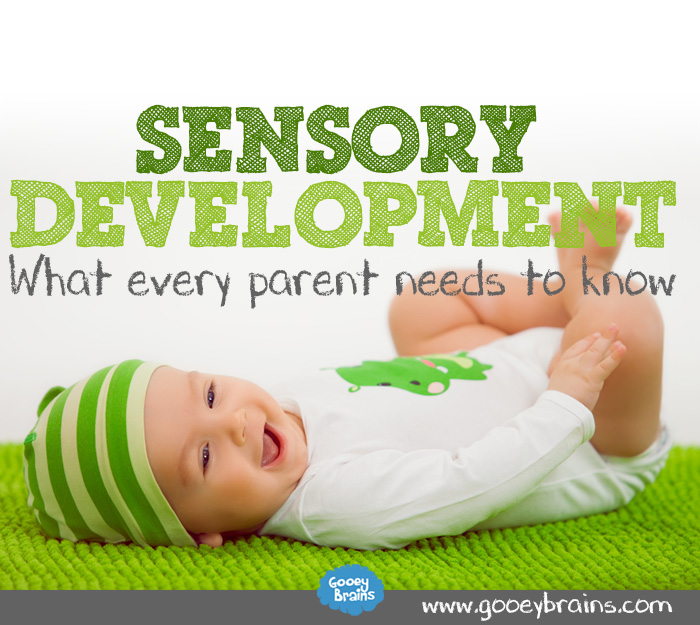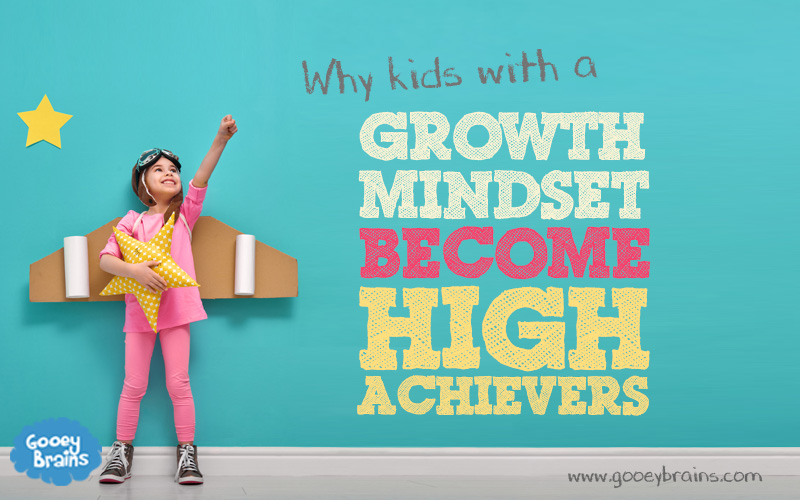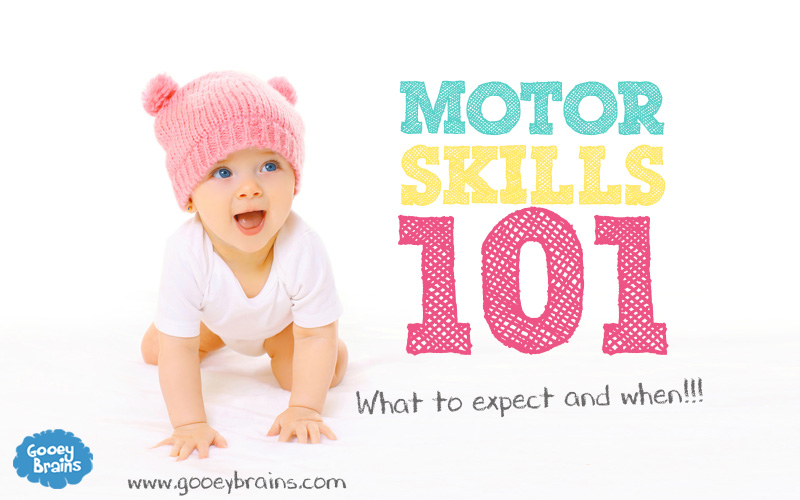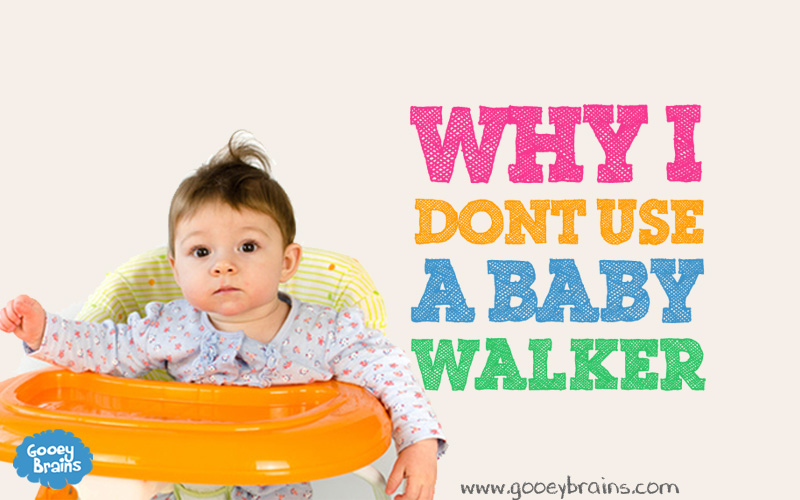Sensory development means growing and developing of the senses and it’s really important for infants!
Hearing, Smell, Taste, Sight and Touch
Your baby can do some of these things already when they are born, but there are other important skills that they will need to learn along the way. For example, did you know that as a newborn your baby couldn’t hear soft noises? After three months or so, this ability improves and you will notice that they will turn their head when they notice softer sounds. Then, by around 4-8 months of age, your baby will be hearing the full range of sounds!
Vision is another sense that requires development after birth. A newborn hasn’t developed full color vision yet and cannot perceive depth either! At birth, a newborn can only really focus on things that are about 8 to 15 inches away. These visual skills all develop after birth and up until the age of 2years.
Critical Periods of Sensory Development
In order for a child to learn sensory skills and develop their senses, they need to be exposed to certain sensory stimulation. There are special times in your child’s development where this works better, and these are called ‘critical periods’. A critical period is a time period in which your child’s learning becomes super-powered. In these critical periods, your child’s brain becomes hugely adaptable to learning new sensory information such as taking in new sounds, tastes, textures, and sights. It is important that during these critical periods that your child is exposed to a good enough range of sensory experiences! At these times your child’s brain is particularly gooey and mouldable in the sensory areas. These times are between 4 and 8 months of age.
This stage is critical for your child’s brain-building as the brain is developing at such a rapid rate. It is growing and shaping itself so quickly that it is in a constant state of learning, discovering and change. It is at this stage that infants are beginning to understand, learn and be aware of the world around them; you’ll notice they’ll enjoy banging objects, scrunching paper and trying to grab and mouth anything they can get their hands on. Though many parents might find some of these behaviors aggravating at times, these sensory experiences are actually having a powerful impact on their brain development!
Why is Sensory Development so important?
If your child is in their first year of life they are in the early stages of beginning to understand that the world has touch, feel, colors and textures!
It is these interactions which play a key role in the building of their brain, every interaction that they have with the various shapes and textures creates neural pathways in their brain. And what science has shown us is that this stimulation leads to an increase in the initial growth and development of neurons. Growing strong networks of neurons in the brain is essential in early infancy but is also very important as the child grows up. Exposure to sensory stimuli over long periods of time will have varying beneficial effects on the brain at different ages.
Your child’s physical development will also benefit greatly by sensory exposure. Many researchers have discovered that motor functions (movements) are enhanced when children are given the opportunity to interact and engage in enhanced sensory environments. They have shown that this form of sensory enrichment has also resulted in a large range of neural changes within the brain.
So why is sensory development so important?
Because it is the key to your child building solid neural pathways within their brain. The repeated exposure to a wide range of sensory stimulation allows them to learn and discover their environment and provides their brain with the information that it needs to adapt and grow.
Quality and Quantity of Sensory Exposure
When it comes to exposure variety is the key! Your child needs to experience a wide variety of varying sensory experiences. In early infancy children’s brains are developing very quickly and at its peak it has been shown that 250,000 neurons are formed per minute, highlighting the importance of this period of time.
Children can gain exposure to sensory stimulation in many ways. This can be through a wide range of safe toys or objects that they can interact with, they don’t need to be fancy and they can be easily made at home by you.
Studies have shown that a wide range of sensory and motor experience can produce long-lasting plastic (shaping) changes in the brain. This means that you have an opportunity to shape their gooey brain through sensory fun!
Creating an enriched environment full of sensory experience is crucial for your child development. During early infancy especially they are hungry to discover the world around them and these experiences are shown to have a powerful effect on their brain organization which has an effect both during development and in adulthood.
So what does this mean as a parent?
It means that our kids need to see and especially feel their way around all the amazing things in the world, they need to be able to touch and feel as much as they can get their hands on provided it is safe.
As parents, we need to be aware and be careful not to fill their cot with a large number of similar toys and items. While it may look nice a huge number of colorful soft toys around doesn’t provide a lot of sensory variety.
Toy selection
When it comes to toys on the market we need to be careful as the vast majority are designed to look soft, cute and cuddly but overall provide the same bland level of sensory exposure.
With a bit of work, though there are a number of options available, these include:
- Being aware and selective with toys, spend the time to find a variety of different shapes, feels, sounds, colors, and textures.
- Purchasing a specialized sensory toy which will provide that enhanced exposure
- Lastly and our favorite, make your own!
There is number of ways to make to sensory toys, and we have a notice board where we post all the latest ones we can find here.
There are also a number of sensory toys available on the market; our favorite is the Lamaze range which you can find here.
http://www.amazon.com/baby-lamaze-infant-development/b?ie=UTF8&node=353406011
What makes a great toy?
The best toys around contain a variety of experiences for the senses; they contain a variety of different textures, materials, colors and sounds.
The Freddie Firefly, for example, has a large number of different materials, inside the wings, there is a mixture of materials which crunch and crackle, there is also a teething ring, mirror, and bells.
Reference
-
Gibb (2004)
-
Gibb (2010)







